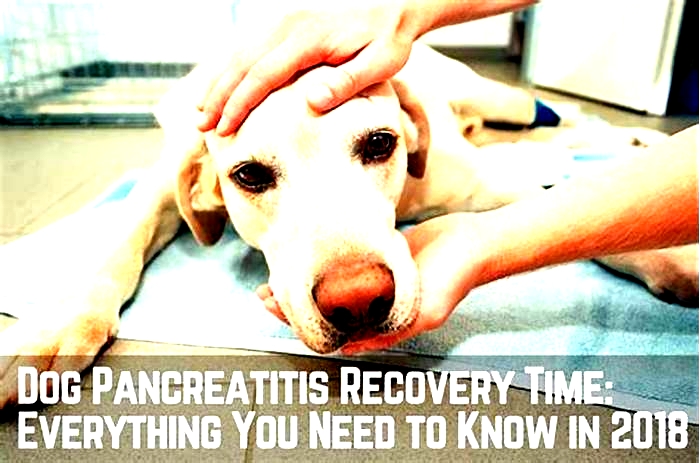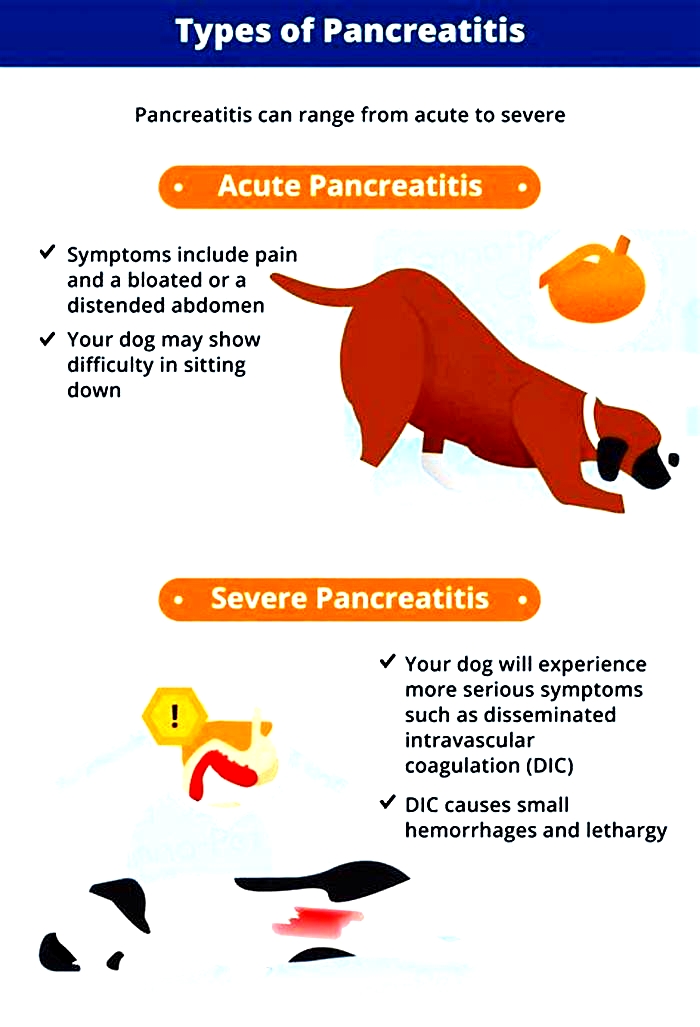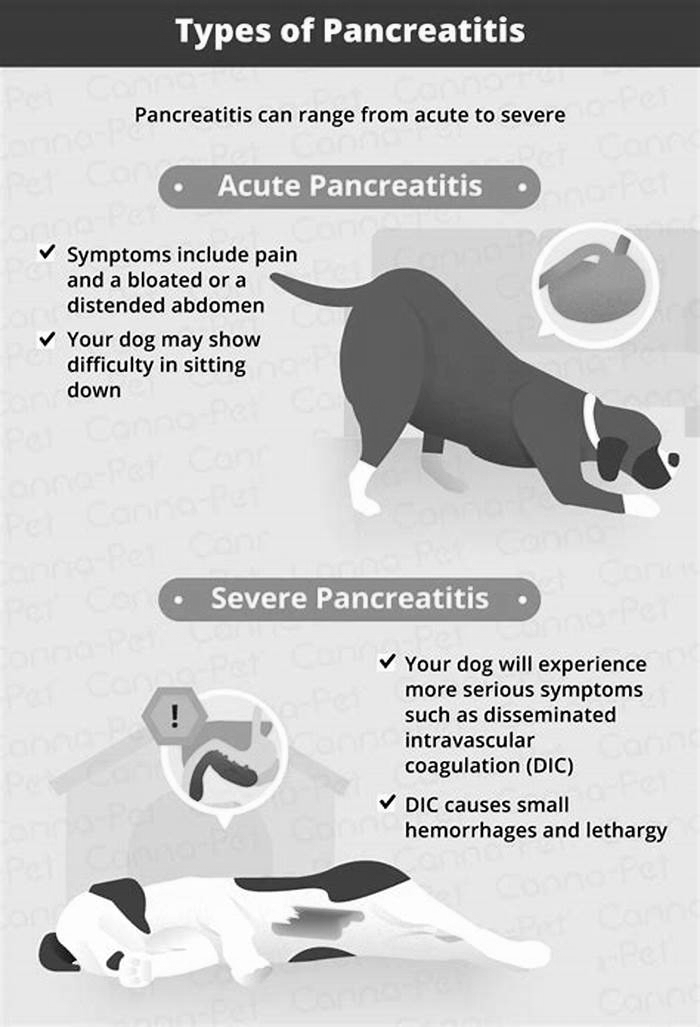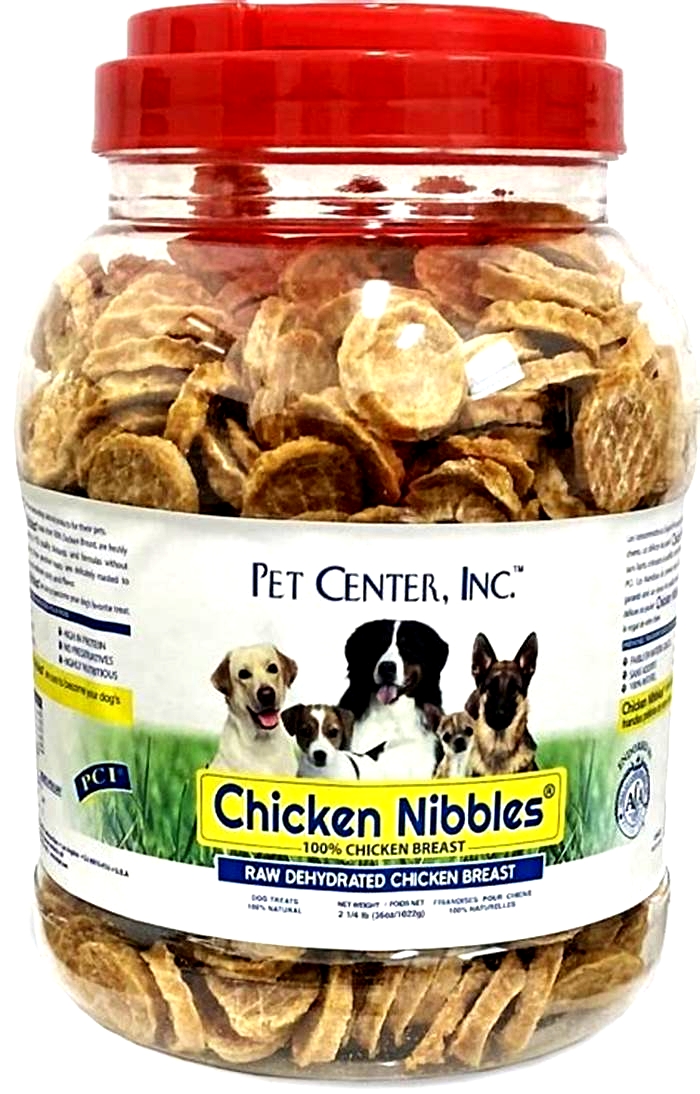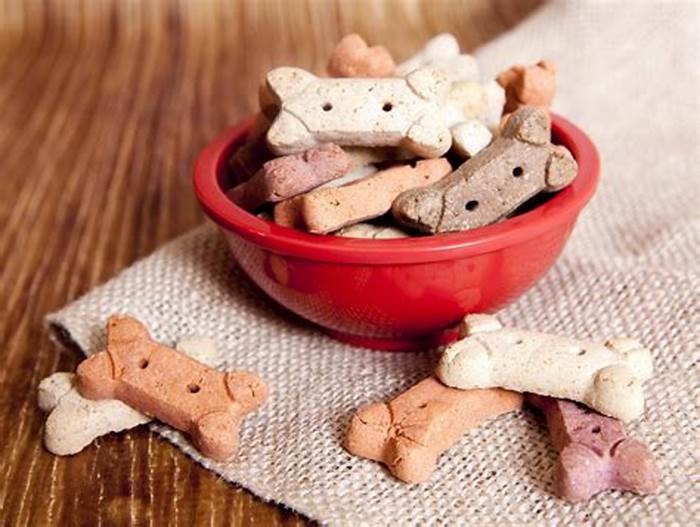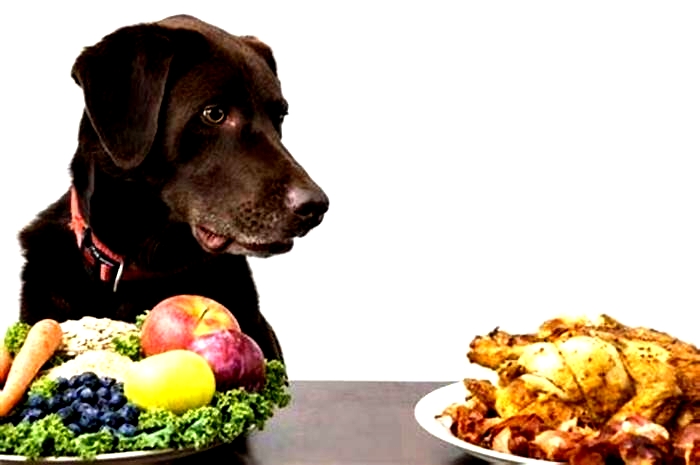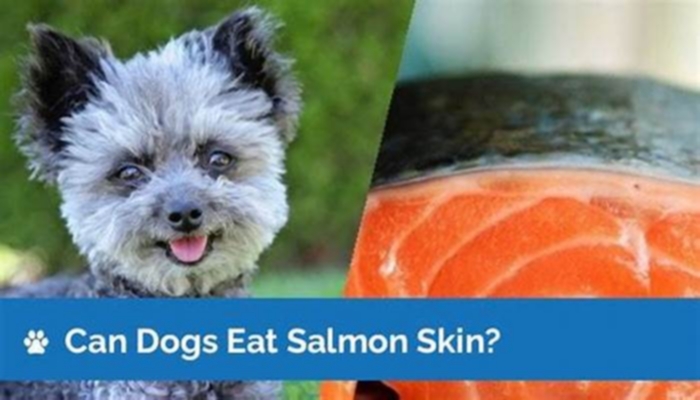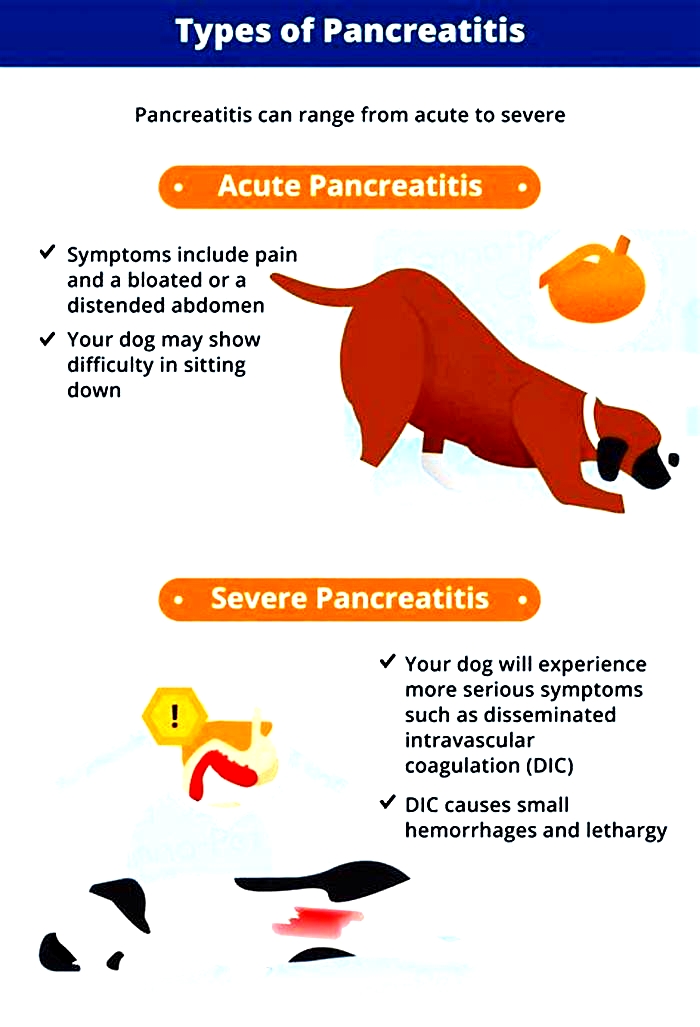What treats can dogs with pancreatitis eat
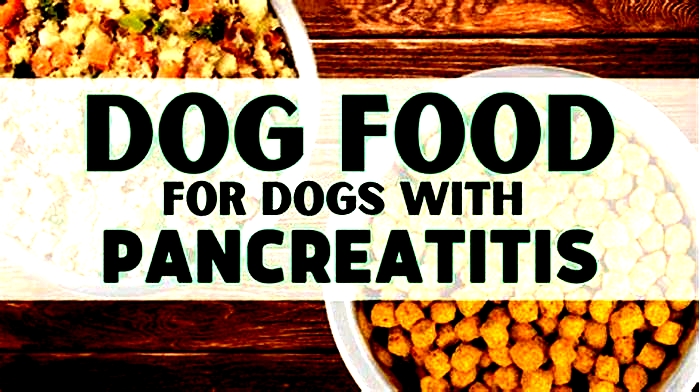
Top 10 Low Fat Dog Treats for Pancreatitis
Pancreatitis in dogs is a condition that requires careful dietary management, especially when it comes to treats. The key is finding snacks that are both appealing to your pup and safe for their sensitive condition. Weve scoured the world of dog treats to bring you the top picks that will keep your dogs tail wagging without aggravating their pancreatitis.
Why Low Fat Matters
Pancreatitis is an inflammation of the pancreas that can be triggered by high-fat foods. Thus, low-fat dog treats are not just beneficial but essential for managing this condition. They help prevent flare-ups, ensuring your dog stays happy and healthy. Remember, though, that treats should complement a well-balanced diet suited to your dogs specific needs.
Top Picks for Low Fat Dog Treats
Weve compiled a list of the best low fat dog treats that are not only pancreas-friendly but also mouthwateringly delicious for your canine companion.
| Treat Name | Fat Content | Key Features |
|---|---|---|
| Hills Natural Light Biscuits | Very Low | Baked with real chicken; perfect for training |
| Purina Pro Plan Veterinary Diets Digestive Health Bites | Low | Supports digestive health; highly digestible |
| Emerald Pet Pumpkin Harvest Treats | Low | Pumpkin for digestive health; meat-free |
| Purina Pro Plan Veterinary Diets Gentle Snackers | Very Low | Hydrolyzed protein; ideal for sensitive stomachs |
| Wholesome Pride Sweet Potato Bites | Low | Single ingredient; all-natural and vegan |
| Cloud Star Wag More Bark Less Soft Chews | Low | Grain-free; includes chicken and sweet potato |
| Fruitables Skinny Minis | Low | Free of wheat, corn, and soy; delicious grilled bison flavor |
| Blue Dog Bakery Softies | Low | Peanut butter flavor; soft for easy chewing |
| Buddy Biscuits Trainers | Low | Bacon flavor; perfect size for training treats |
| Charlee Bear Original Treats | Very Low | Turkey liver and cranberries; great for training and snacking |
Why Choose These Treats?
Our selection focuses on treats that support your dogs health without sacrificing taste. From the savory goodness of real chicken in Hills Natural Light Biscuits to the unique flavor of grilled bison in Fruitables Skinny Minis, theres something for every dogs palate. Plus, weve prioritized treats with added health benefits, such as digestive support and essential nutrients, making them more than just tasty snacks.
Final Woofs
When managing pancreatitis in dogs, every bite counts. The right low-fat dog treat not only pleases your pup but also contributes to their overall well-being. Its essential to monitor your dogs reaction to new treats and consult with your vet to ensure they align with your dogs dietary needs. With our guide to the best low fat dog treats, youre equipped to make snack time a joyous and healthy part of your dogs day. Remember, the happiest dogs are the healthiest dogs!
Dr. Harts Insights on Pancreatitis and Treats
Q: Dr. Hart, could you start by explaining why low-fat treats are crucial for dogs with pancreatitis?
A: Absolutely. Pancreatitis, essentially, is when the pancreas becomes inflamed, often reacting to the overload of fats it has to process. This condition can cause severe discomfort and even lead to more serious health issues. Low-fat treats are vital because they offer a safer snack option that wont overburden the pancreas, allowing dogs to enjoy treats without risking a flare-up of their condition.
Q: What should dog owners look for in a low-fat treat?
A: The first thing is to check the fat content, aiming for treats with less than 10% fat. But its not just about being low in fat; the treats should also be high in quality. Look for natural ingredients, minimal processing, and added health benefits, like fiber for digestion or omega-3 fatty acids for skin and coat health. Moreover, its important to consider the treats palatabilityafter all, its still a treat, and your dog should enjoy it!
Q: Are there any specific ingredients dog owners should avoid in treats for dogs with pancreatitis?
A: Yes, besides high-fat content, avoid artificial preservatives, colors, and flavors, as these can trigger sensitivities in some dogs. Also, steer clear of treats high in sugar or salt, which arent beneficial for dogs, especially those with pancreatitis. Ingredients that are hard to digest, like certain grains or overly processed by-products, should also be avoided to keep the pancreas from working overtime.
Q: How can dog owners balance the need for low-fat treats with the desire to provide variety and enjoyment?
A: Its all about creativity and knowing where to look. Theres a fantastic range of low-fat dog treats on the market, from baked biscuits and soft chews to freeze-dried meats and vegetables. You can also consider homemade treats, like baked pumpkin slices or dehydrated sweet potato chews. These not only allow for control over ingredients but also let owners tailor treats to their dogs taste preferences.
Q: Any final advice for dog parents navigating the world of dog treats for pets with pancreatitis?
A: My biggest piece of advice is to keep communication open with your veterinarian. They can offer specific recommendations based on your dogs health history and dietary needs. And remember, treats should be just thata treat. Theyre meant to complement a balanced diet, not replace it, so moderation is key. With careful selection and a bit of creativity, you can ensure your dog enjoys their treats without compromising their health.
HELP US PUT FOOD ON THE TABLE
Fruit & Vegetable Treats for Dogs With Pancreatitis (Vet Answer)
The information is current and up-to-date in accordance with the latest veterinarian research.
Learn moreIf your dog has been affected by pancreatitis, you know how important their diet is to their long-term recovery. One of the most difficult parts of this for most owners is feeling like they cant give their dog treats. Although it is vital for dogs with a history of pancreatitis to avoid rich, fatty foods, there are still ways we can offer them a tasty reward without risking their health. After all, a treat doesnt have to be unhealthy; its all about how it is given and the fact that its something different from their normal daily routine.
Were going to check out some fruit and vegetable treats that our dogs will enjoy without upsetting the pancreas, but first, well do a little bit of a recap on the disease that has led you here in the first place.

What Is Pancreatitis?
As the name suggests, pancreatitis is the inflammation of the pancreas. But what does that mean, and why is it such a big deal?
A healthy pancreas is a pale pink, thin, blobby-looking organ that sits in the middle of the abdomen between the stomach and the small intestine. Its not much to look at, but it is made up of two distinct components comprised of different cell types, each performing very important roles:
The Endocrine Pancreas
The endocrine, or hormone, division of the pancreas is responsible for controlling blood glucose levels, which it does by producing insulin. When food is digested, insulin is secreted, which pushes glucose from the bloodstream into the cells, so it can be used as energy. When this part of the pancreas isnt working properly, the result is diabetes.
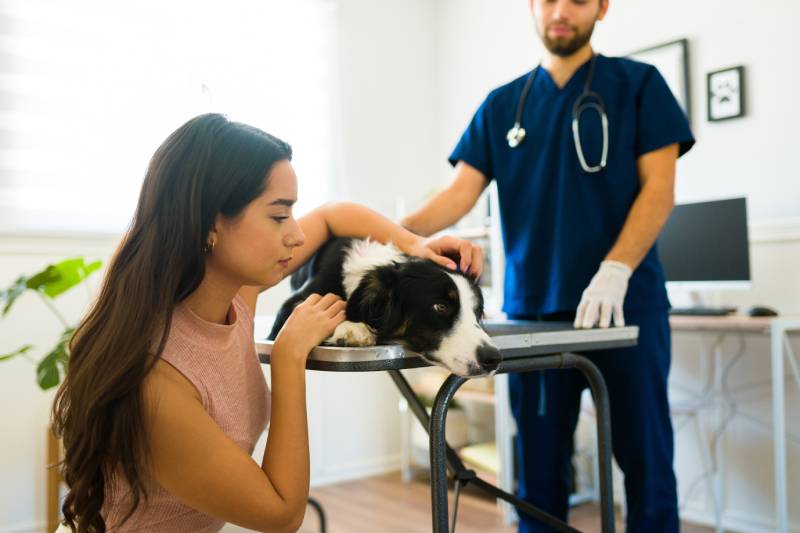
The Exocrine Pancreas
This is the part of the pancreas that produces digestive enzymes, which travel along the pancreatic duct into the first part of the small intestine, called the duodenum, to help break down and digest food. When this process is disrupted, the digestive enzymes can be activated before they reach the duodenum, and they start to digest the pancreas itself.
This leads to the damage and inflammation that is pancreatitis, which ranges from mild abdominal discomfort and nausea to extreme pain, vomiting, diarrhea, and inappetence. In severe cases, the pancreas can become infected or necrotic, leaking digestive enzymes into the abdomen and resulting in potentially fatal peritonitis.
What Causes Pancreatitis?
There is no single known cause of pancreatitis in dogs, but there are many factors that can trigger it.
These include:
- Trauma (damage to the pancreas or pancreatic duct)
- Eating a rich, fatty meal
- Acute or chronic gastroenteritis
- Corticosteroids (e.g., prednisone)
- Hyperadrenocorticism (Cushings syndrome)
There is no specific treatment for pancreatitis, and affected dogs require hospitalization to provide intravenous fluids, pain relief, gastric acid inhibitors, antiemetics (anti-nausea medication), and antibiotics (if infection is present).
Provided your dog recovers from pancreatitis, they remain at high risk for relapse for weeks or even months following their recovery and are more likely to be affected by pancreatitis in the future. For this reason, dogs with a history of pancreatitis are usually placed on a strict diet to minimize the risks of repeat episodes. This may involve a specific veterinary diet or a list of foods to include and avoid.
Number one on the list of foods to avoid are traditional treats. No more milk bones, biscuits, or bacon bites. But that doesnt mean that your dog faces a future devoid of tasty snacks, we just need to redefine what we call treats.


Safe Fruit and Vegetable Treats for Dogs With Pancreatitis
Whether your dog recovered from pancreatitis last month or last year, it is important to keep their diet free from rich, fatty, or calorie-dense foods. Fortunately, there are dozens of fruits and vegetables that we can use to reward our dogs. One thing to be aware of is that most fruits are high in sugar, so we need to be careful not to go overboard with our portions.
In all cases, fresh is best, but if your dog prefers their veggies warm, steaming or blanching will allow them to retain most of their nutrients. With the exception of some potentially problematic items listed later, most fruits and vegetables can be offered on their own, as a mixed fruit or vegetable medley, or combined with their regular food. Just remember that treats should never make up more than 10% of your dogs diet.
For those of you who would like to go that extra mile when preparing a tasty snack, weve included some simple recipes and ideas, most of which you can enjoy along with your dog.
Safe Fruits and Veggies for Dogs With Pancreatitis
- Radishes
- Pumpkin
- Butternut squash
- Apples (remove seeds and core)
- Peaches
- Plums
- Sweet potato
- Bell peppers
- Carrots
- Papaya
- Raspberries
- Blueberries
- Broccoli
- Cauliflower
- Peas
- Squash
- Pineapple
- Green beans
Always make sure to wash your fruits and vegetables before preparing them, even if you buy organic. Remove any tough skin before serving and be sure to remove the seeds and core of apples and the stones and pits of stone fruits, like peaches, plums, and apricots.
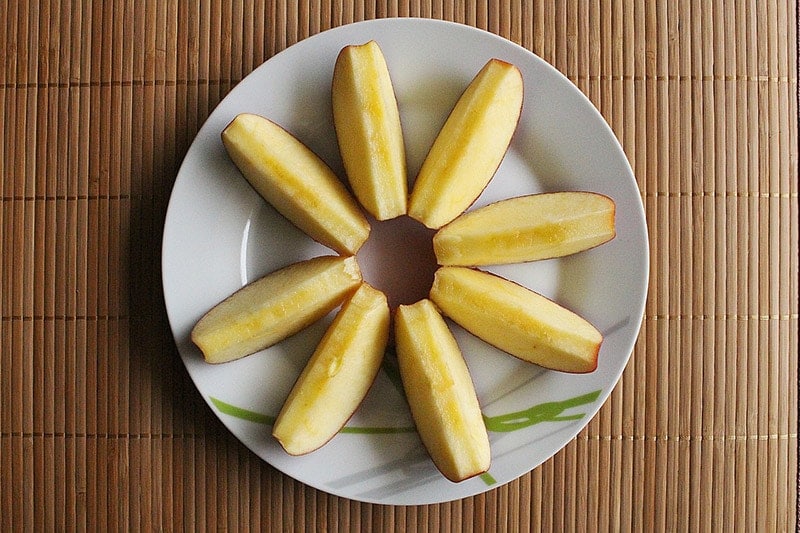
Fruits and Vegetables to Avoid When Your Dog Has Pancreatitis
Some fruits are toxic to dogs, and others simply arent ideal for those with a history of pancreatitis or gastrointestinal disease.
| Fruit/Vegetable | Reason |
| Grapes, raisins, sultanas, currants | Toxic to all dogs |
| Avocado | Potentially toxic to all dogs |
| Citrus fruits (lemon, orange, grapefruit) | Citric acid could inflame the stomach |
| Dried fruits | Too high in sugar |
| Potato | High in starch, more difficult to digest |
| Mangos, pears, bananas | Too high in sugar |

The 4 Vet-Approved Treat Recipes for Dogs With Pancreatitis
1. Fruit Salad
- cup diced papaya
- cup blueberries
- cup raspberries
- cup melon balls or cubes (any melon is fine)
Wash and prepare the fruit, then mix together and serve. For something special, stir in 1 teaspoon of fat-free, plain Greek yogurt.
| Serving size: | Small dogs: cup; medium dogs: cup; large dogs: 1 cup |
2. Veggie Batons
- 1 carrot (no need to peel)
- 12 sticks of celery
Wash and cut the carrot and celery into batons 2 inches long and half an inch wide. It doesnt get simpler than that! You can also try zucchini or bell peppers for a bit of variety.
| Serving size: | Small dogs: 34 batons; medium dogs: 78 batons; large dogs: all the batons |
3. Sweet Potato Chips
Peel one small sweet potato and cut into thin slices (around 23 millimeters thick). Pop the slices on some baking paper and cook in a hot oven for 510 minutes until just starting to brown. Allow them to cool before serving. You can do the same with purple yam to mix things up a bit, and if you have an air fryer, this is a perfect opportunity to make use of it. Do not add any oil, salt, or seasonings.
| Serving size: | Small dogs: 23 chips; medium dogs: 45 chips; large dogs: 810 chips |
4. Icy Fruits
- Blueberries, strawberries, raspberries, or a mix of them
Take a selection of smaller fruits or fruit pieces, such as blueberries, strawberries, or raspberries, and place them in an ice cube tray. Add water and freeze completely before serving. These are perfect for a warm day!
| Feeding guide: | Small dogs: 45 cubes; medium dogs: 56 cubes; large dogs: up to 10 cubes |
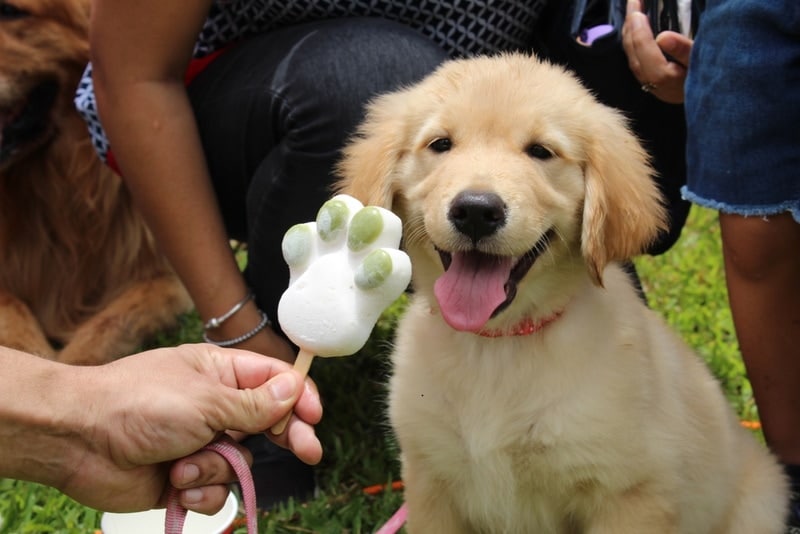

Summing Up
When it comes to managing a dog with pancreatitis, providing them with the right foods is essential. But that doesnt mean that you cant explore some healthy options to treat your canine friend. Always talk to your vet before making changes to your dogs diet, and make sure that they have fully recovered from pancreatitis before exploring different foods.
Some dogs are pickier than others, and it might take some time before you find a fruit or vegetable they like. Its also worth remembering that for our dogs, a treat is often about how it is given, not the food itself. Keeping a small portion of their regular food in a separate container to give as a treat can be just as rewarding as giving them a milk bone if you do it with lots of praise.
Pancreatitis is a potentially life-threatening illness that can come back to haunt us if were not careful, so stick to your vets advice and watch out for any signs of nausea, pain, or discomfort, especially when offering your dog a new type of food.
Featured Image Credit: heathergunn, Pixabay

